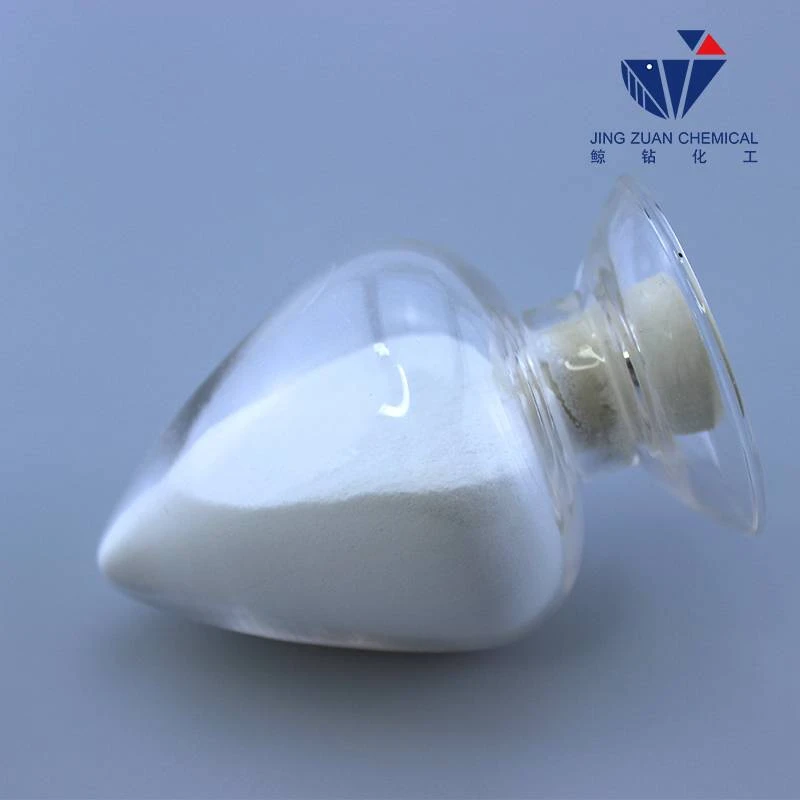
Nov . 11, 2024 02:50 Back to list
Evaluating the Solubility of HPMC in Various Solvents for Pharmaceutical Applications
Understanding HPMC Solubility A Key Factor in Pharmaceutical Formulations
Hydroxypropyl methylcellulose (HPMC) is a widely used polymer in pharmaceutical formulations owing to its unique properties, including its ability to form gels, its chemical stability, and its compatibility with various drug substances. One of the critical factors that influence the efficacy and performance of HPMC in formulations is its solubility. Understanding HPMC solubility is crucial for pharmaceutical scientists and formulators when developing effective drug delivery systems.
The Basics of HPMC
HPMC is a cellulose ether derived from cellulose, a naturally occurring polysaccharide. This polymer is non-ionic, which means it does not carry any charge, making it highly versatile in different environments. The structure of HPMC contains methoxy and hydroxypropyl groups that impart unique characteristics to the polymer, including its solubility in water and various organic solvents.
HPMC Solubility Properties
HPMC exhibits varied solubility depending on its molecular weight and the degree of substitution of hydroxypropyl and methoxy groups. Generally, HPMC is soluble in cold or hot water, leading to the formation of a viscous gel or solution. The solubility characteristics of HPMC can also be influenced by factors such as pH, temperature, and ionic strength.
The degree of substitution is a crucial parameter that affects solubility. For instance, higher levels of hydroxypropyl substitution tend to enhance solubility in water. HPMC with a high methoxy content, on the other hand, may show different solubility behavior. Consequently, formulators must carefully select the appropriate grade of HPMC based on the desired properties of the final product.
Importance of HPMC Solubility in Formulations
1. Drug Release In tablet formulations, the solubility of HPMC directly impacts the rate of drug release. HPMC acts as a matrix former, controlling the dissolution profile of the active pharmaceutical ingredient (API). By varying the concentration and type of HPMC, formulators can tailor the drug release kinetics, which is essential for developing sustained-release formulations.
hpmc solubility

2. Stability HPMC's solubility properties also contribute to the overall stability of the formulation. A proper balance of solubility can prevent issues such as phase separation and crystallization of the active ingredients, ensuring a homogenous and stable product.
3. Viscosity Modification The viscosity of HPMC solutions is another critical factor. The viscosity can be manipulated by adjusting the concentration of HPMC in the formulation. This is particularly important in liquid formulations, where the flow properties affect the ease of dispensing and administration.
4. Bioavailability The solubility of HPMC in gastrointestinal fluids can influence the bioavailability of orally administered drugs. Improved solubility often leads to better absorption of the drug, enhancing its therapeutic effect.
Challenges Associated with HPMC Solubility
Despite its advantages, HPMC solubility poses certain challenges that formulators must address. For example, variations in the solubility profiles of different HPMC grades can lead to inconsistent performance in formulations. Additionally, the presence of other excipients in the formulation can affect the overall solubility of HPMC.
Folded structures or aggregation of HPMC in some conditions can also hinder its functionality, necessitating thorough characterization and optimization during the formulation development process. Researchers often conduct extensive solubility and compatibility studies to ensure that the selected HPMC grade provides the desired performance in the specific formulation context.
Conclusion
HPMC solubility is a vital aspect of its application in pharmaceutical formulations. Its unique properties allow for significant flexibility in drug delivery system design, impacting drug release, stability, and bioavailability. As the pharmaceutical industry advances, understanding and optimizing HPMC solubility will continue to play a crucial role in developing innovative drug delivery systems that meet the therapeutic needs of patients. By harnessing the potential of HPMC, pharmaceutical scientists can create formulations that enhance efficacy, improve patient compliance, and ultimately contribute to better healthcare outcomes.
-
Versatile Hpmc Uses in Different Industries
NewsJun.19,2025
-
Redispersible Powder's Role in Enhancing Durability of Construction Products
NewsJun.19,2025
-
Hydroxyethyl Cellulose Applications Driving Green Industrial Processes
NewsJun.19,2025
-
Exploring Different Redispersible Polymer Powder
NewsJun.19,2025
-
Choosing the Right Mortar Bonding Agent
NewsJun.19,2025
-
Applications and Significance of China Hpmc in Modern Industries
NewsJun.19,2025







